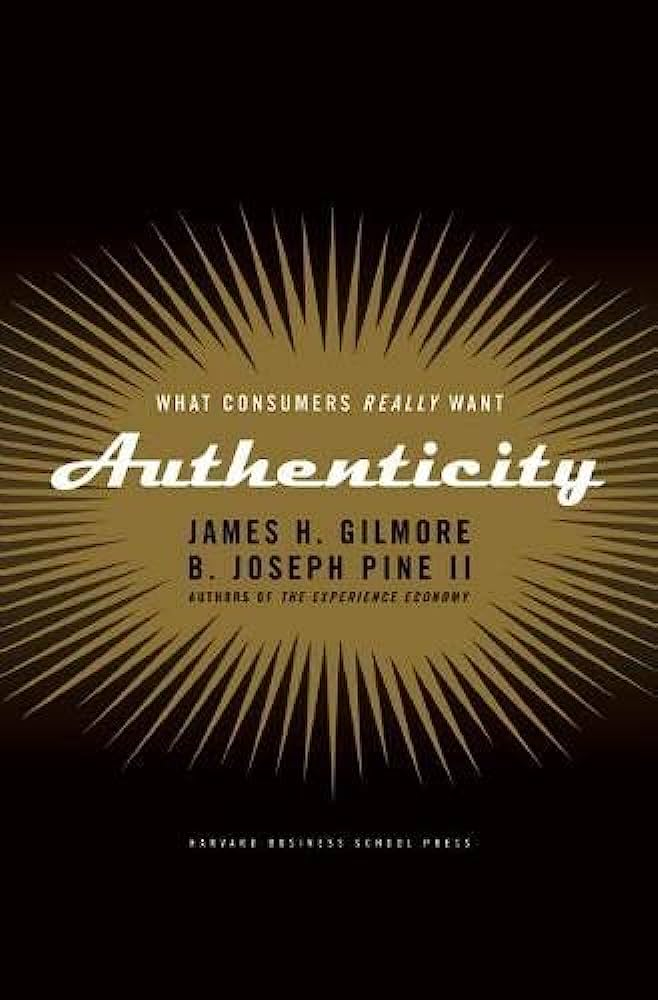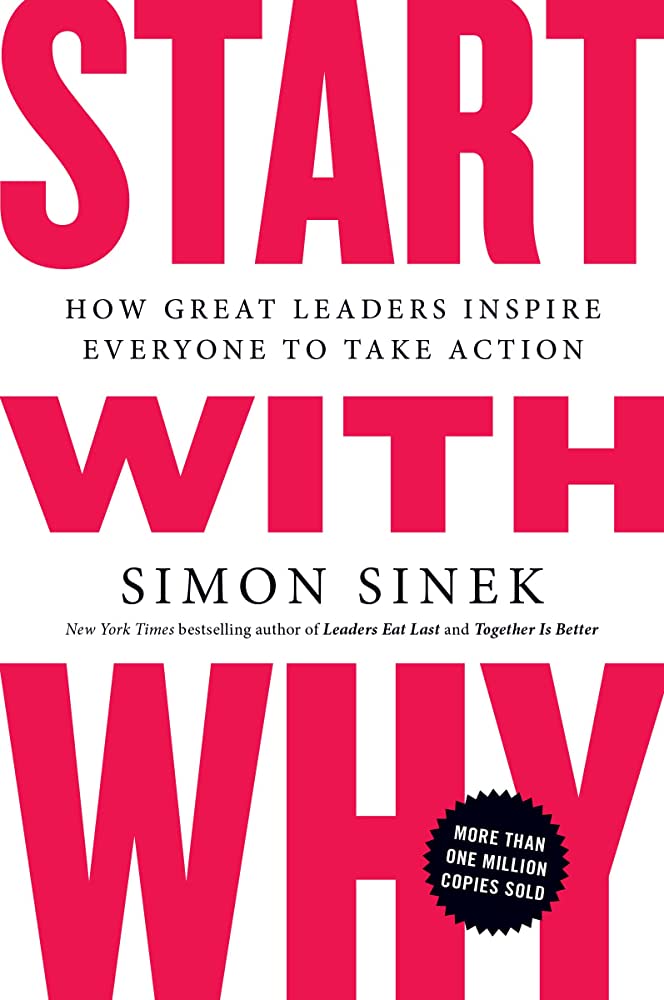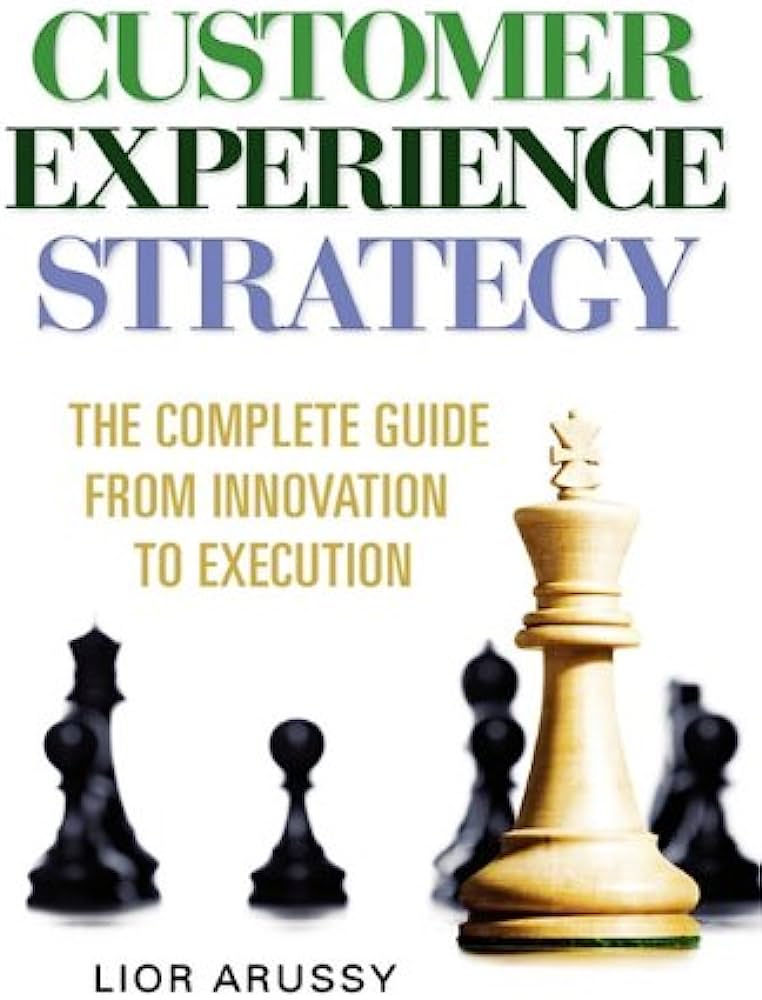Customer Lifecycle: Approaches and Best Practice for Pre-boarding and Onboarding Customers

The primary goal of customer lifecycle management is to maximize a customer’s lifetime value with the bank, integrate them into everyday banking services, and increase product penetration for long-term problem-solving. In this article, we will provide detailed insights and practical examples for banks to manage their customers’ lifecycles.
Based on our observations, the typical behavior of customers when interacting with a bank can be depicted as a curve (Fig. 1).
Customer Activity Curve

For example, we purchase a product, such as a debit card for daily financial transactions. If it was a conscious decision, or we received enough assistance in choosing what we truly needed, then our activity increases (as shown in Fig. 1, the curve starts to rise).
Subsequently, typically within 1-3 months, we acquaint ourselves with the bank and its app. We may encounter unclear situations and contact the bank, leading to a rapid increase in our activity curve. At this stage, we are making a more informed decision about whether the bank is suitable for us. If the experience is positive, we continue to engage with the bank, and our activity growth will depend on the bank remaining convenient, relevant, and suitable for our lifestyle and needs. However, if we encounter negative aspects or reach a point in the interaction (such as dissatisfaction with rates, communications, complexities, etc.) where our activity starts to decrease, and the bank fails to re-engage us, we will likely terminate the relationship.
If the bank aims to influence customer behavior, increase their activity and satisfaction in their interactions with the bank, and minimize churn, it is essential to build relationships based on a systematic approach, utilizing data, analytics, and systematic communications. Our methodology considers dividing the customer lifecycle into seven stages (see Fig. 2). For additional details on this approach, please refer to our previous article; for now, let’s explore the specifics and examples.
Stages of the Customer Lifecycle

Phase One. Pre-boarding
Many banks adopt a reactive approach during this phase, where customers are required to independently make an effort understanding the product and service range, compare, and then make the right decision, but this approach often yields only limited results. Instead, we recommend implementing facilitated communications and proactive interaction formats with the customer.
Customer Activity Funnel and Examples of Some Preboarding Tools

Fig. 3 illustrates the customer activity funnel and the available pre-boarding tools. The funnel narrows down to the moment when the customer agrees to purchase the product; therefore, the primary objective of pre-boarding is to initiate the dialogue with potential customers at earlier stages before they even contact or visit the bank.
The First Pre-boarding Tool: Interactive Solution Selection for Employees
We suggest implementing pre-boarding tools sequentially, starting with the preparation of the employees for the dialogue with customers. Here’s how:
- create an inventory of all in-house and partner products and services offered by the bank.
- compile all information into a single document, which we will refer to as “the interactive solution selection tool.” This document can be either a hard copy or a clickable version on the employee’s computer or tablet.
- train employees on how to effectively use this document — including navigation, key questions to ask customers, and how to handle objections and frequently asked questions.
This tool represents the first step towards establishing a systematic dialogue with potential customers. An example of an interactive solution selection tool is shown in Fig. 4.
Interactive Solution Selection

The Second Pre-boarding Tool: Facilitation Questions for the Interactive Solution Selection
On the second step, we recommend focusing on standardizing the dialogue processes between the employee and the potential customer. To do this, it is necessary to create a “Question Matrix for all Banking and Partner Products,” designed to assist employees in asking the necessary questions and recommending complex solutions. In Fig. 5, we can find a sample of the facilitation questionnaire, demonstrating its alignment with the bank’s products.
Questionnaire Fragment for Optimal Solution Selection

For instance, consider a scenario where a potential customer visits the bank to make a deposit. By utilizing the solution selection tool and facilitation questionnaire, we can not only offer a deposit but also use clarifying questions to understand the purpose of the deposit (e.g., protection against inflation or outpacing inflation). Based on the customer’s answers, we can now propose a complex offer, such as dividing the funds into three products — a deposit, an investment account, and a gold deposit. This new approach helps not only to understand the customer’s needs but also to help them achieve their goals. This way, instead of merely suggesting a single deposit option, the bank is able to present three distinct solutions, providing a more tailored approach to meet the customer’s financial objectives.
The Third Pre-boarding Tool: Customized Offers
To continue with the selection of a deposit and other investment solutions for a potential customer, develop a multi-selection tool. In this step, create layouts for individual solutions (see example in Fig. 6)
Example of a Custom Solution Page

After the conversation with the customer, present the solution in print or electronically, detailing the offer’s name, validity period, and other relevant information. To streamline operations and enhance scalability, automating the creation of solutions and providing them to employees as a toolkit offers numerous benefits.
The Fourth Pre-boarding Tool: Online Selection for Customers on the Website
The tools outlined in this section are essential for initiating dialogue with customers, whether in branches or through the contact center. Recognizing the importance of initiating communication at an earlier stage to maximize the potential of the customer funnel, the next natural progression in multi-selection development is to create a solution on the bank’s website. Fig. 7 showcases a sample solution that aids potential customers in discovering relevant offers without needing to contact the bank directly. We suggest posing a few simple questions to gain a better understanding of the customer and to provide them with the best possible offer.
Online Product Selection for the Customer

The tools described are fundamental and enable communication with customers in branches or through contact centers. To enhance the potential of the customer funnel, it is crucial to establish communication even earlier. The next logical stage in multi-presenter development is creating a solution on the bank’s website. Fig. 7 illustrates a segment of the solution that assists potential customers in finding relevant offers without contacting the bank. We recommend asking a few simple questions to better understand the customer and present the best and all-encompassing offer for them.
In this stage, you can make use of the questions from Tool 2 and the templates for individual offers from Tool 3.
As we continue developing pre-boarding tools, we are advancing towards implementing an online selection tool within the application for existing customers. This includes crafting segment-specific multi-selection options and introducing an assistant for selecting solutions tailored to their individual needs and goals. This approach is central to customer-centric business models.
Potential Pre-boarding Success Metrics [1]:
- number of new customers: 5–20% per year
- increase in the number of products per customer: 15–50% per year
- increase in attraction/conversion rate: 10–25% per year
- decrease in acquisition costs: 5–25% per year
- decrease in customer churn in the first 1–2 months: 5–15% per year
- increase in customer satisfaction: 5–25% per year
When implementing pre-boarding, it is important to synchronize with projects that other teams may be working on, such as segment development, sales management, and support models.
Phase Two. Onboarding
Onboarding constitutes the second phase of customer engagement, focusing on familiarizing them with the purchased product, providing education, and fostering engagement through gamification and trigger mechanisms during communication. The suggested duration for the onboarding process is 45-60 days following the customer’s purchase. During this timeframe, it is advisable to refrain from cross-selling other products; the main goals are to demonstrate care, introduce the bank, and encourage engagement.
Now, let’s explore several essential onboarding examples recommended for implementation at the program’s initial development stage.
Building a User Journey Map
Let’s begin by building a User Journey Map (UJM). Document all the stages of customer interaction, including how the product is processed, the clarity of the customer interfaces, the communications channels utilized, the clarity of text and push notifications, the early interactions with the user, the duration of each stage, and the conversion effectiveness. Find an example of an onboarding UJM in Figure 8.
User Journey Sample (Steps from the Customer’s Perspective)

When creating a UJM, focus on the stages outlined in Figure 9:
Onboarding: a General One-Size-Fits-All Approach

The Welcome Pack includes communications and materials provided to customers upon purchasing a product. It usually contains:
- a convenient document package
- assistance from employees in installing the app
- initial training
- informative communications about the product purchase
- information about ATMs and the bank’s partners
- marketing materials and useful contacts
Configuration involves communicating with customers to assist in setting up and configuring the solution, typically occurring on the day of the purchase.
Engagement encompasses bank actions aimed at involving customers in using the product, fostering practical familiarity, and increasing activity.
To kickstart customer engagement, initiate dialogue. In the first five days, focus on “care communications,” providing customers with information about their purchased product, its terms, offering helpful advice, and providing support.
Launch the “Five Steps of Onboarding” Campaign
Next, we suggest initiating a campaign called the “Five Steps of Onboarding” (Fig. 10). Its main aim is to promote customer engagement in using banking features through gamification. Here is an example of such a campaign:
Onboarding: Example of a Solution

1. First, let’s outline engagement steps that will immerse the customer in the functionality and boost their financial activity. For example:
For Individuals:
- install the mobile app
- top up the card
- make a payment
- create a template
- make a purchase
For Legal Entities:
- set up online banking
- install the mobile app
- top up the account by …
- make the first online payment
- make a purchase with the card
2. Next, a message about the start of the campaign is sent to the customer. This message can be sent in various forms: text messages, emails, push notifications, app notifications, calls from the contact center. Initially, we recommend starting with the least costly methods and testing this tool with trial communications using text messages. The content of the short message may include a description of the campaign and a link to a more detailed landing page (Fig.11).
Example from the Landing Page: “Five Steps to Onboarding” Campaign

3. To ensure clear and accurate communication, set up rules and algorithms for sending messages. We suggest creating “positive communications” — messages sent to customers when they complete required actions, such as: “Great! You’ve finished 1 out of 5 steps, the next step is…” Additionally, include “reminder communications” — messages for customers who have not completed necessary steps, like: “Take a step towards your reward…”
Example of communication rules:
- if the customer has not completed the basic onboarding steps, no further messages will be sent to them.
- we prioritize using cheaper communication channels when sending messages.
- if the customer has installed the bank’s app, they will receive a push notification instead of text messages.
When it comes to motivation, we suggest running this campaign by offering customers a gift once they have met the campaign requirements. When selecting a gift, focus on both your own and partner services that will add value to the encourage long-term loyalty to the bank. For instance, providing a business owner with free accounting or a discount on it can be highly beneficial, especially if they begin their fiscal year with this service. This makes it inconvenient for them to switch to another solution later. However, it is crucial to ensure that the service you offer works seamlessly to provide the customer with a positive experience. We advise against offering gifts related to free services or cash prizes.
The duration of this campaign should be around 30 days. After its completion, you can inform the customer and, if they’ve met the campaign’s conditions, reward them with a gift.
This algorithm provides a basic example of onboarding for a product-centric business model.
In the next phase, the company should transition to onboarding for a customer-centric business model, which will involve focusing on data and user behavior. We will explore this topic further in the next article.
The success metrics for onboarding include [1]:
- growth in the number of active customers: 5–50% per year
- increase in the use of bank products and services: 15–50% per year
- increase in customer satisfaction: 5–25% per year
When implementing onboarding, ensure synchronization with projects other teams may be working on, such as segmentation development, sales management and support models, sales analytics and communications, contact policy, and gamification.
Analytics and Reporting for Pre-boarding and Onboarding
To effectively implement and manage customer lifecycle projects, it is essential to develop systemic analytics and reporting. We recommend creating unified reporting systems that aggregate and manage data across all stages of the customer lifecycle.
Let’s consider analytical examples for the pre-boarding and onboarding stages. During these stages, it is crucial to measure:
- understanding f what the customer intended to buy, what they actually bought, and how they initiated usage (up to 3-6 months).
- the speed of completing onboarding steps, including the sequence and timing of completion.
- the effectiveness of onboarding steps, and the ability to understand and manage customer activity during the onboarding period.
- dynamics of target metrics (s described in the article for each project).
An example of a dashboard that facilitates management of these metrics is depicted in Fig. 12.
Example of an Analytical Dashboard for Pre-boarding and Onboarding

In summary, in this article we have examined the foundational phases of the customer lifecycle journey, exploring pre-boarding and onboarding strategies. These stages are crucial in establishing fruitful relationships with customers, ensuring smooth transitions and effective engagement. As we continue our exploration, we will further investigate subsequent stages, providing insights and strategies for enhancing customer experiences and fostering long-term loyalty. Stay tuned for more in-depth approaches in future articles.
Notes
1. Expert evaluation by Senteo based on the implementation of similar projects.

Sales training for front line along with basic development and coaching principles for line management.
Understanding branding and communications from the standpoint of emotional engagement and building relevant and meaningful dialogue with customers.
This course covers a complete view of customer touch points (both physical and virtual) and a unique model for standardizing and managing customer contact models across channels including approaches for customer feedback, quality management, and migration.
Understand how the innovation process changes moving from functionality and channel design to a process focused on creating value for customers.
Experiential Branding & Communications – Improving Brand Integration Through Emotional Engagement.
This course covers a complete view of customer touch points (both physical and virtual) and a unique model for standardizing and managing customer contact models across channels.
Understand the value of a customer-oriented analytics package and how behavioral scenarios can be used to improve profitability through influencing behavior and usage.
To understand the principles of game dynamics and learn how to effectively use the elements of gamification in business: to involve customers, employees and contractors in the process.
Understand the components and features in a complex Customer Relationship Management system (infrastructure, architecture, functionality, etc.) and the uses and benefits for both the business and the customer.
Understanding the range and function of different relationship management processes used to build customer engagement models and manage the quality of customer relationships.
Understand how the innovation process changes moving from functionality and channel design to a process focused on creating value for customers.
Understanding the drivers and mechanics of corporate culture will help any management to design and develop an organizational culture for success and growth.




 Copy Link
Copy Link
 E-mail
E-mail
 LinkedIn
LinkedIn
 Facebook
Facebook
 Telegram
Telegram
 WhatsApp
WhatsApp














 Go Back
Go Back
Leave a Reply
You must be logged in to post a comment.